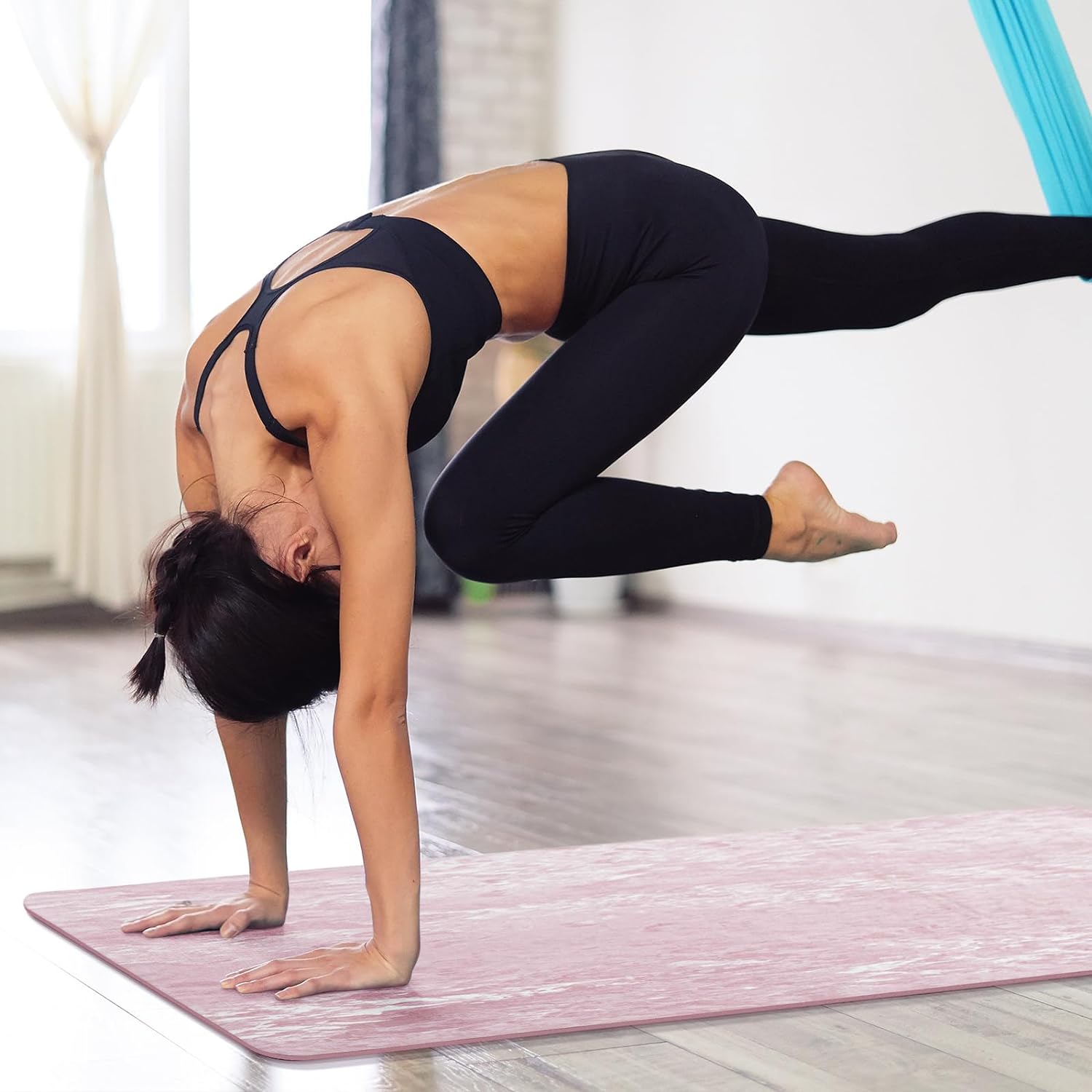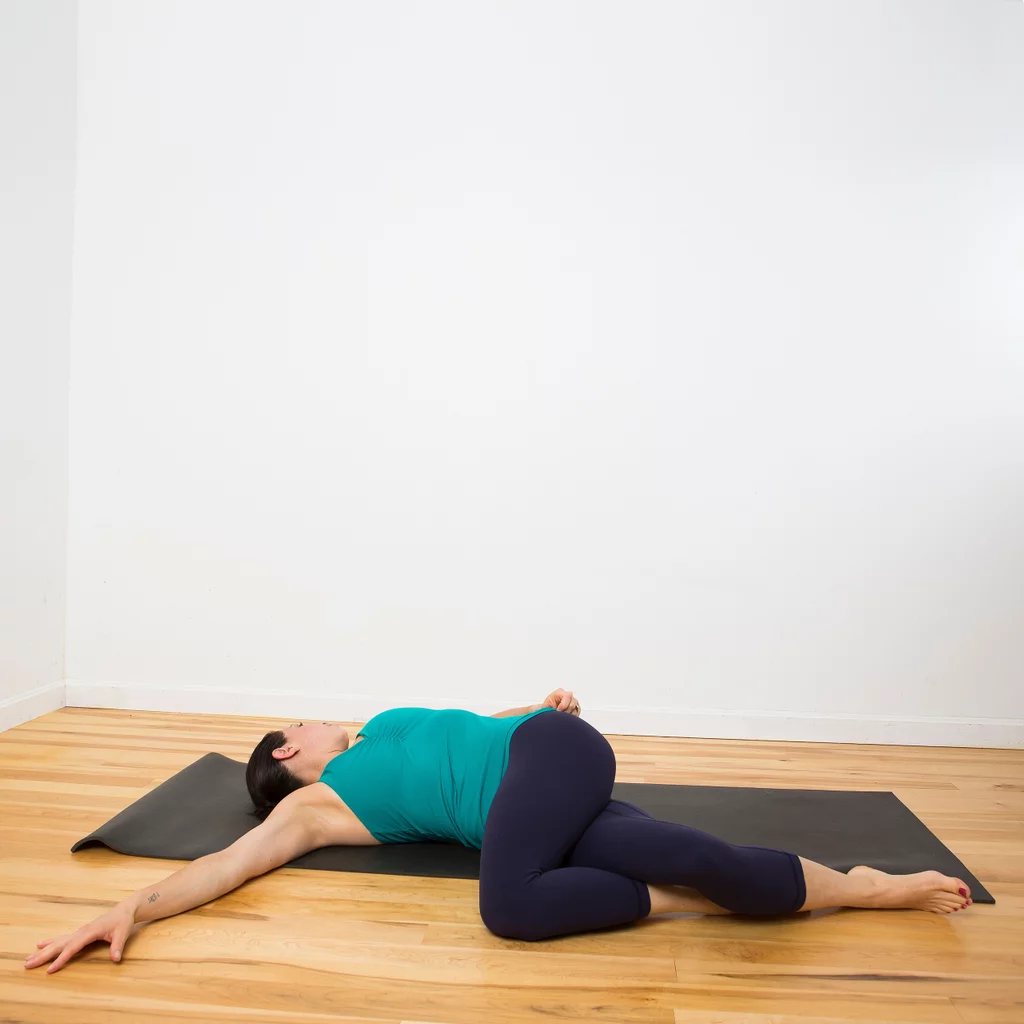I. Introduction

A. Definition and Significance of Gentle Yoga Practice
Gentle yoga is a form of yoga that focuses on slow and gentle movements, making it accessible to individuals of all fitness levels and abilities. It is a practice that prioritizes relaxation, mindfulness, and self-awareness, making it an excellent choice for promoting overall well-being. This article will explore the history and origins of yoga and delve deeper into the principles and philosophy of gentle yoga.
B. Brief Overview of the History and Origins of Yoga
Yoga originated in ancient India over 5,000 years ago and has evolved into a widely practiced discipline today. It combines physical postures, breathing exercises, meditation, and ethical principles to create a holistic approach to health and wellness. Yoga was initially developed as a spiritual practice but has gained popularity worldwide for its numerous physical, mental, and emotional benefits.
II. Understanding Gentle Yoga
A. The Principles and Philosophy of Gentle Yoga
Gentle yoga follows the core principles of traditional yoga practice, such as connecting mind, body, and spirit and finding balance in all aspects of life. It emphasizes practicing with self-compassion, listening to your body’s needs, and cultivating a sense of inner peace. The philosophy of gentle yoga encourages acceptance of oneself and others, fostering a non-judgmental and non-competitive mindset.
B. Key Differences Between Gentle Yoga and Other Yoga Styles
Gentle yoga differs from other yoga styles, such as power yoga or hot yoga, in its intensity and pace. It focuses on slower movements and is accessible to individuals with limited mobility or physical restrictions. Unlike more vigorous styles of yoga, gentle yoga prioritizes relaxation, stress reduction, and gentle stretching rather than intense physical exertion.
C. How Gentle Yoga Promotes Relaxation and Stress Reduction
Gentle yoga incorporates various relaxation techniques, such as deep breathing, meditation, and gentle stretching, to promote relaxation and reduce stress. It activates the parasympathetic nervous system, triggering the body’s relaxation response and reducing the production of stress hormones. The slow, mindful movements of gentle yoga allow practitioners to release tension, calm their minds, and find inner peace.
III. Physical Benefits of Gentle Yoga
A. Promoting Flexibility and Joint Health Gentle yoga includes gentle stretching exercises that help improve flexibility and joint health. It focuses on gradually increasing the range of motion, reducing muscle stiffness, and promoting better posture. The slow and controlled movements of gentle yoga help prevent injuries and maintain joint mobility, making it beneficial for individuals with arthritis or joint-related issues.
B. Strengthening and Toning Muscles Without Strain Despite its gentle nature, gentle yoga still provides an effective workout for the muscles. The slow and controlled movements help strengthen and tone muscles without causing strain or excessive soreness. Regular gentle yoga practice can lead to improved muscle endurance, increased muscle definition, and enhanced overall body strength.
C. Improving Balance and Coordination Many gentle yoga poses require practitioners to focus on balance and coordination. By practicing these poses regularly, individuals can improve their balance, stability, and body awareness. This can be especially beneficial for older adults who are at a higher risk of falls and injuries.
IV. Mental and Emotional Benefits of Gentle Yoga
A. Enhancing Mindfulness and Cultivating
Self-Awareness Gentle yoga encourages practitioners to be fully present in the moment, enhancing mindfulness and cultivating self-awareness. Through mindful breathing and slow movements, individuals can develop an increased sense of body awareness, allowing them to better understand their physical and emotional needs. This increased self-awareness can extend beyond the yoga mat and positively impact various aspects of life.
B. Reducing Anxiety and Depression Symptoms
Studies have shown that gentle yoga can significantly reduce symptoms of anxiety and depression. The combination of gentle movements, breathing exercises, and mindfulness helps calm the mind, reduce stress, and regulate emotions. Regular practice of gentle yoga can improve mood, increase feelings of relaxation and well-being, and provide individuals with effective coping mechanisms for managing anxiety and depression.
C. Boosting Overall Mood and Promoting Overall Well-being
Gentle yoga promotes the release of endorphins, which are natural mood enhancers. Regular practice can lead to an increased overall sense of happiness, contentment, and well-being. Additionally, the relaxation and stress-reducing benefits of gentle yoga can improve sleep quality, reduce fatigue, and enhance overall mental and emotional resilience.
V. Incorporating Breathwork and Meditation
Incorporating breathwork and meditation into a gentle yoga practice can greatly enhance relaxation and create a deeper mind-body connection. Here are some ways to incorporate these practices:
A. Utilizing pranayama techniques to enhance relaxation:
Pranayama is the practice of controlling and regulating the breath. It can be used to calm the nervous system and induce a state of relaxation. Incorporating pranayama techniques such as deep belly breathing, alternate nostril breathing, and breath retention can promote relaxation and release tension in the body.
B. Guided meditation and mindfulness exercises:
Guided meditation and mindfulness exercises can help to calm the mind and bring focus to the present moment. Incorporating guided visualization or body scan meditations can encourage relaxation, reduce stress, and promote a sense of well-being. Mindfulness exercises such as mindful eating or walking can also be incorporated into a gentle yoga practice to enhance awareness and presence.
C. Fostering a mind-body connection through breath awareness:
Gentle yoga is a wonderful opportunity to cultivate a deeper mind-body connection. By bringing awareness to the breath during yoga poses, practitioners can enhance their ability to listen to the body’s signals and adjust their practice accordingly. Encouraging students to focus on the breath during gentle yoga poses can also help to quiet the mind and promote a sense of inner calm.
VI. Modifying Gentle Yoga for Various Groups

Gentle yoga can be modified to meet the unique needs of different populations. Here are some ways to modify gentle yoga for specific groups:
A. Gentle yoga for beginners and individuals with limited mobility:
Beginners and those with limited mobility often require modifications to make yoga poses more accessible. Using props such as blocks, straps, and bolsters can help to support the body and modify poses to accommodate different levels of flexibility and strength. Additionally, offering variations and options to make poses more accessible can help beginners and those with limited mobility ease into their practice.
B. Gentle prenatal yoga for expectant mothers:
Prenatal yoga can provide numerous benefits for expectant mothers, such as reducing discomfort, improving breathing techniques, and promoting relaxation. When modifying gentle yoga for pregnant women, it’s important to focus on poses that are safe and comfortable for both the mother and the baby. Avoiding lying flat on the back and incorporating poses that promote hip flexibility and pelvic floor strength can also be beneficial.
C. Gentle yoga for seniors and individuals in rehabilitation:
Seniors and individuals in rehabilitation often require modifications that prioritize safety and well-being. It’s important to provide support, modifications, and props as needed to make yoga poses accessible and prevent strain or injury. Gentle movements that promote joint mobility, balance, and stability can be incorporated into a gentle yoga practice for seniors and those in rehabilitation.
VII. Cultivating a Regular Gentle Yoga Practice
In order to reap the full benefits of gentle yoga, it’s important to cultivate a regular practice. Here are some tips for establishing and maintaining a regular gentle yoga routine:
A. Creating a comfortable and safe practice space:
Set aside a designated area in your home or workplace where you can practice yoga without distractions. Make sure the space is clean, clutter-free, and has a calm ambiance. Use props, such as a yoga mat, blocks, and bolsters, to create a comfortable and supportive environment for your practice.
B. Developing a regular routine and setting realistic goals:
Establish a consistent schedule for your gentle yoga practice. Start small by committing to a certain number of days per week or a specific duration of practice. Setting realistic goals will help you stay motivated and committed to your practice. Gradually increase the duration or frequency of your practice as you become more comfortable and confident.
C. Seeking guidance from a qualified instructor or therapist:
If you’re new to gentle yoga or have specific concerns or limitations, it’s important to seek guidance from a qualified instructor or therapist. They can provide personalized instruction, modifications, and support to ensure a safe and effective practice. Working with a professional can also help you progress in your practice and deepen your understanding of gentle yoga.
By incorporating breathwork and meditation, modifying gentle yoga for specific groups, and cultivating a regular practice, you can experience the numerous benefits of gentle yoga, such as relaxation, improved flexibility, and enhanced mind-body connection. Start your gentle yoga journey today and enjoy the transformative effects it can have on your overall well-being.

